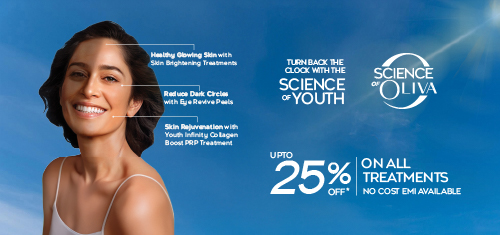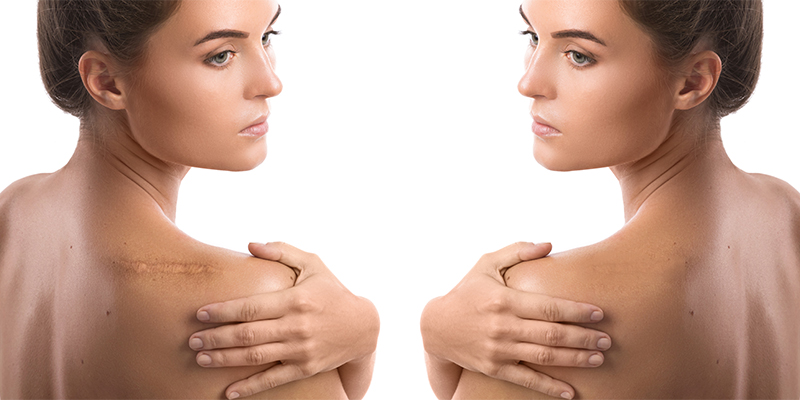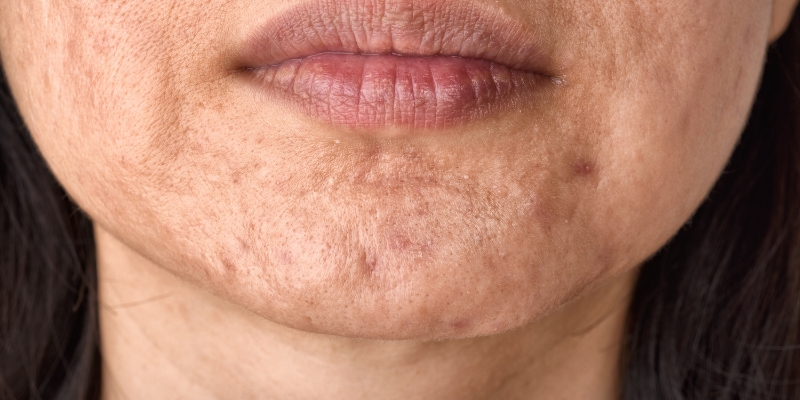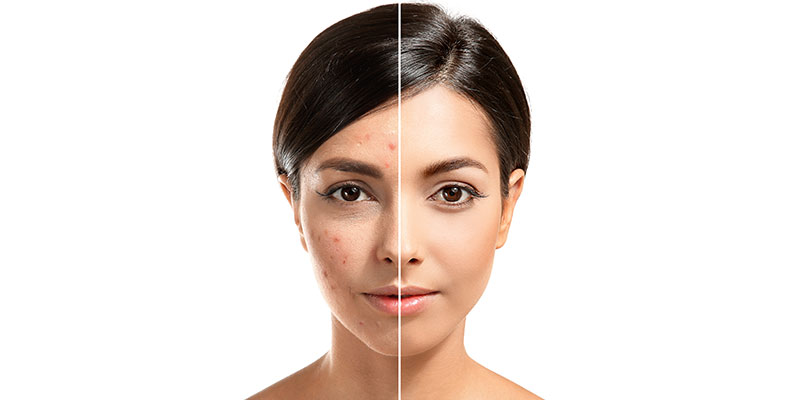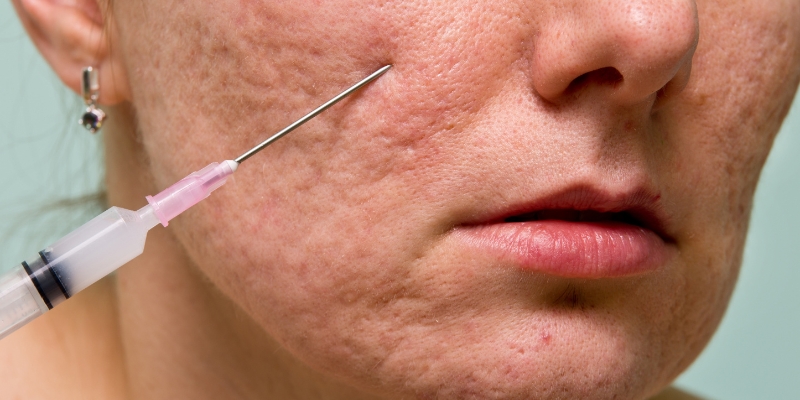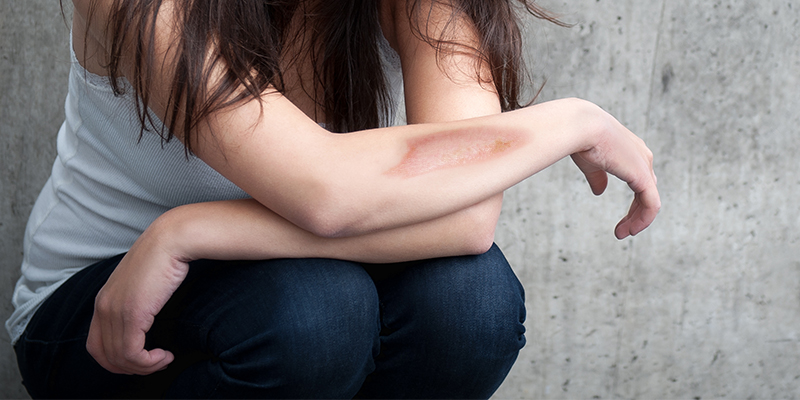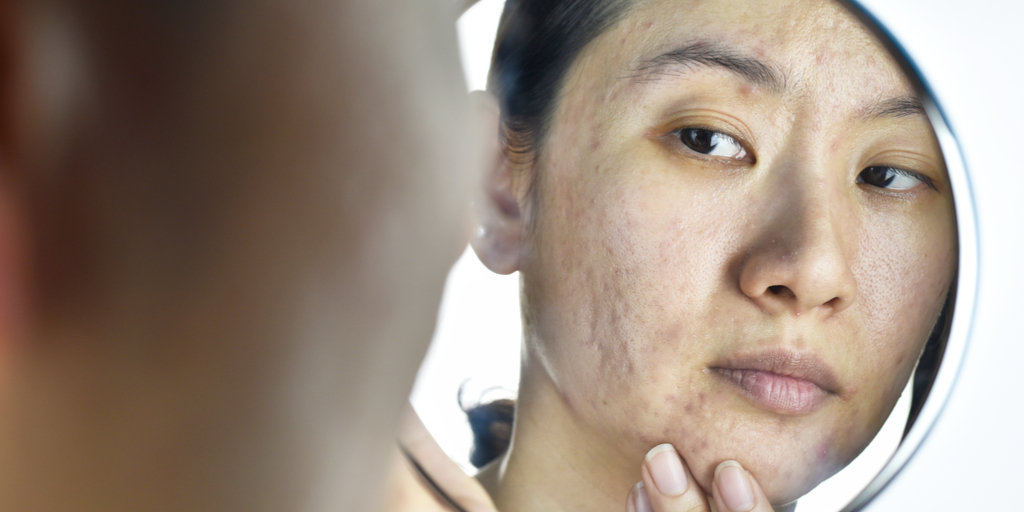What Are The Various Scar Revision Techniques?
Every scar has a story behind it, in terms, how it formed. But these scars, whether caused by acne, burns, surgeries, or injuries, can deeply impact your confidence level and have profound psychological implications as well.
Typically, in most cases, they appear around the eyes, mouth, and nose. And, depending on the depth of the scars, they either can be permanent or would probably fade away with time. But, there is a wide range of treatments and scar revision techniques, which helps in diminishing these hideous scars.
What Is Scar Revision?
Scars are unavoidable, as they are results of injury, burns, or surgery, which we may usually encounter in our day to day lives. Though they poorly heal or even if they heal to some extent, a scar can affect the way you look and are noticeable due to their size, shape, and texture, which stands out when in comparison to the surrounding skin.
Scar revision is a technique that helps in minimizing a scar, such that it blends with the surrounding skin, with respect to its tone and texture
Also Read: Safe And Effective Way To Get Rid Of Scars?
Why Is The Scar Revision Procedure Performed?
Scar revision techniques involve surgical and non-surgical procedures that help in reducing the appearance of these unsightly scars. It also helps in restoring the skin texture and correcting the disfigurement caused by the scar that is formed on the skin due to wound, surgery, poor healing, or burns.
Problems that call for scar revision, include –
- Keloid scar
- Angled scar (angled to the normal tension lines of the skin)
- Thickened scar
- Scars that cause disfiguration and distortion of certain features of the body, while hindering their normal function.
What Are The Types Of Scars & Revisions
The scar revision technique that is implemented, varies on the type of scar. These include –
- Keloid Scars – Keloid scar appears when the body over-produces collagen to heal an injury/ wound, which results in a thick cluster of scars that appear red or darker than the surrounding skin. These types of scars are often treated with steroid injections that help in the reduction of the scar size. Sometimes, radiation therapy is also prescribed for these kinds of scars.
- Hypertrophic Scars – These are raised scars that are thick in texture. Hypertrophic scars tend to heal with time, but are often treated using steroid injections or are surgically removed.
- Contracture scars – These scars occur when your skin goes through a traumatic injury wherein a large part of the skin is impacted. These scars tend to cause a restriction in the movement of surrounding tendons and muscles. These types of scars can be treated by surgical procedures, such as skin grafting, flap surgery or Z-plasty.
- Facial Scars – Facial scars typically, in the majority of cases, are around the eyes or mouth. These scars are often treated using dermabrasion and Z-plasty. Further, the simplest procedure is surgical incision, which makes the scar less visible.
Also Read: How To Treat Ice Pick Acne Scars?
Where On The Body Can Scar Revision Be Done?
Scar revision techniques can be performed on any part of your body, including the face, hands, legs, cheek, chin, nose, etc. to improve the condition of the skin and to reduce the appearance of the scar, that is being treated. The only determinant of the technique to be implemented is the type of scar that you have. Based on the type of scar, its size, and its depth, the type of technique that is to be applied is decided, irrespective of on which part of the body the scar is.
Scar Revision Techniques
In the majority of cases, scar revision procedures are performed under local anesthesia, especially if it is a surgical technique. The type of scar revision technique adapted is based on the size and depth of the scar. The following treatments help in taking care of the irregularities caused due to the formation of scars.
Scar Revision Procedures
- Laser resurfacing – This procedure uses high-intensity light energy to penetrate into the skin to remove the scar tissues. It stimulates collagen production and improves all kinds of scars from any part of the body. It is known to improve the overall skin texture and erase the distortion caused by scars. It is typically implemented for keloid scars and the pockmarks of acne, but it also works on rolling scars, box scars and ice pick scars.
The erbium YAG laser is used that is based on the principle of ablative fractional resurfacing. Sometimes it is also used for shouldering that is to remove the sharp edges of box scars and make them more responsive to laser resurfacing.
- Chemical peels – Certain plant extract-based acids are used to exfoliate the upper layers of the dead skin, that helps in revising the appearance of the scars to a great extent. A few sessions of specific peels help in revising the scars.
- Microneedling Radiofrequency (MNRF) – Low voltage radiofrequency waves are used to help remove the scars from the skin. The heat generated here stimulates new collagen production and thus destroys the scarred tissues. This gives rejuvenated skin and thus reduces the appearance of the scars.
- Dermabrasion – This procedure uses an electrical machine to exfoliate and effectively remove the epidermal layer of the skin. It is similar to sanding, and scars tend to become less obvious once the skin surface starts to heal. This can be painful and abrasive as well.
- Excision – This procedure reduces the appearance of the scar by cutting it out and healing it using a pen-sized punch, while using multiple layers of stitches, and thus ensuring that the scar is less noticeable.
- Z-Plasty or W-Plasty – This technique surgically diminishes the visibility of the scar by changing its direction such that it naturally blends with the skin lines and creases. This procedure involves removing old scars and making new incisions on each side while creating triangular flaps. These flaps cover the wounds and give them a Z pattern, which is then closed with stitches.
- Dermal fillers – Fillers including hyaluronic acid are injected at the site of scar and this gives a quick resolution. This fills up space for 6-8 months and slowly it gets digested by the enzymes in the body.
- Skin Grafting – This is a complex surgical procedure that is usually used to treat severe scars. It involves using skin from one part of the body to cover up the injured part of the body. Grafting involves using the skin from the fatty body parts, such as thighs and transferring them to the scarred area. In some cases, the skin might not precisely match the texture of the surrounding skin.
- Flap Surgery – Flap surgery is a complicated procedure which involves transferring a part of the skin, with its underlying blood vessels, fat, and muscles to cover and heal an injured part of the body. It can greatly improve the functioning of a scarred area. This technique is very similar to skin grafting.
Also Read: How Much Does Laser Acne Scar Removal Cost In India?
Non-surgical Treatment Of Scars Includes:
- Chemical peels
- Using topical creams with steroid, such as cortisone
- Using steroid injections
- Fillers including collagen, implants and autologous fat
- Radiotherapy (for managing severe scars)
- Cryotherapy, which involves freezing the scar using nitrogen.
Scar Revision Aftercare
You need to apply pressure or elastic dressing on the treated area for scar revision on keloid scars. Whereas, for other scar revision, a light dressing is required, which is usually kept for 3-4 days. Post incisions, stitches are normally removed after 3-4 days from the facial area and 5-7 days from the other parts of the body.
Depending on the type of scar and the scar revision techniques applied, the amount of time taken for the skin to normalize and for you to return to your day to day activities may vary. Also, avoid sun exposure and use adhesive bandages and sunscreen to protect your skin and help it in healing.
In case you observe long-term stiffening, you may also need physical therapy after the treatment.
Your dermatologist will guide you for the post-treatment aftercare.
What Is The Cost Of Scar Revision In India?
The cost of scar revision varies on the technique being used and the type of scar being treated. Typically, the cost is estimated considering the size and depth of the scar. The cost may vary from Rs 2000 to Rs 5000 per session. Although, this is only determined by a thorough analysis of the scar and your skin, by your dermatologist.
Also Read: How To Get Rid Of Old Scars Permanently?
FAQ’s
Can All Scars Be Treated?
Yes, there are different types of treatments that are suitable for different types of scars. These treatments help in erasing the deformities and irregularities that the formation of scar causes, but may not completely erase the scar.
Can Scars Be Removed Completely?
You cannot completely erase a scar, but there are various cosmetic and medical techniques that help in healing a scar and diminishing its appearance.
Who Is The Right Candidate?
Scar revision techniques are suitable for people for all age groups, if:
- You do not consume tobacco
- Maintain a reasonably healthy lifestyle
- Don’t have acne, open wounds, or other skin diseases in the area being treated.
How Long Does Scar Revision Take To Heal?
The initial healing takes about 1 to 2 weeks and includes a little bit of discoloration and swelling. Scar revision techniques are long-lasting but can take several months before you notice any substantial results.
Are There Risks Associated With Scar Revision?
Scar revision techniques are pretty safe. But some side effects may be seen, including –
- Bleeding, swelling, pain, and sensitiveness of the skin
- Infection and persistent pain
- Damage to deeper structures
- Deep vein thrombosis
- Cardiac and pulmonary complications

